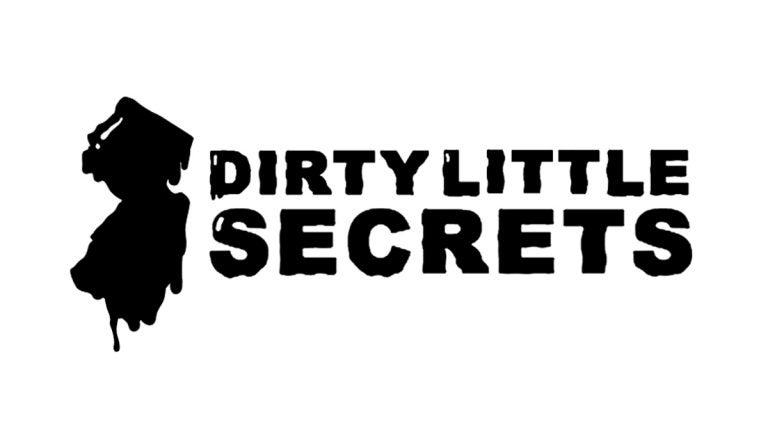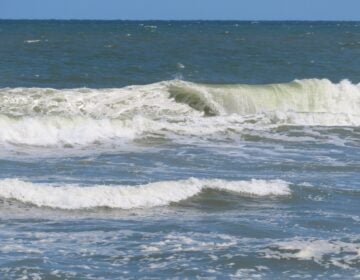Introducing Dirty Little Secrets: Investigating New Jersey’s Toxic Legacy

You don’t have to go any further than late-night monologues to know New Jersey’s reputation as a toxic dump. We came by that reputation honestly. As an early leader in industry and manufacturing — much of it in the chemical sector — New Jersey provided a good standard of living for workers and has become one of the richest states in the union.
But not without a cost: Acres upon acres of toxic waste.
There are more than 13,000 active or pending contaminated sites in New Jersey, according to the state Department of Environmental Protection. Of those, 114 are Superfund sites — considered the most severely polluted. But many of the rest are smaller contaminated sites that may also threaten the health of our environment and our people.
We’re talking about dry cleaners, concrete companies, tire centers, auto body shops — and lots and lots of gas stations. Thousands of underground oil tanks in older New Jersey neighborhoods are becoming more corroded by the year, leaking toxic materials into the ground. And many of these toxic sites are subject to the kind of storm surge and flooding we witnessed during Hurricane Sandy.
Most of the contaminated areas are in some stage of remediation, with a licensed remediation professional assigned to manage the cleanup. But more than 1,300 have no remediation professional assigned. Many of these are abandoned, with no owner to be found.
So what are the lasting impacts of this toxic legacy in New Jersey? How are our communities still affected by the lingering waste in our backyards and waters?
To try and answer these questions, we’re launching “Dirty Little Secrets,” a collaborative investigative reporting project in the Garden State. Coordinated by The Center for Investigative Reporting, with help from theCenter for Cooperative Media at Montclair State and the Rutgers Department of Journalism and Media Studies, we’ll explore the local effects of pollution with media partners across New Jersey, including New Jersey Public Radio/WNYC, WHYY, NJTV, NJ Spotlight, Jersey Shore Hurricane News, WBGO and New Brunswick Today.
Over the coming months, we’ll produce radio stories, video reports, in-depth articles and a podcast — all of which will be collected here on Medium and published across our partners’ platforms.
We’ll also bring the project to communities across the state with public events and discussion, arts-based initiatives that draw from theater and poetry, use tools like GroundSource and Hearken to better connect with residents, and find other creative ways to incorporate New Jersey residents.
To help power these efforts, we’re looking for another important partner: you. We want to hear your stories and answer your questions about the environment in your community.
Maybe you’re a parent who’s worried about idling school buses, someone who’s worried about a decaying oil tank under your house, or a concerned citizen living near an abandoned gas station. Whoever you are, we’d like to know what issues you see in your area and how we can help bring them to the surface.
To contribute, please take a minute to fill out this form, where you’ll be given an opportunity to share your insights and join our mailing list. You can also join the project on Twitter using the hashtag #ToxicNJ, and keep an eye here on Medium for more stories soon.
Have a question about this initiative? Want to get involved as a partner? Email us at dirtylittlesecretsnj@gmail.com. For all stories visit the Dirty Little Secrets.
WHYY is your source for fact-based, in-depth journalism and information. As a nonprofit organization, we rely on financial support from readers like you. Please give today.




